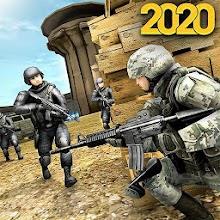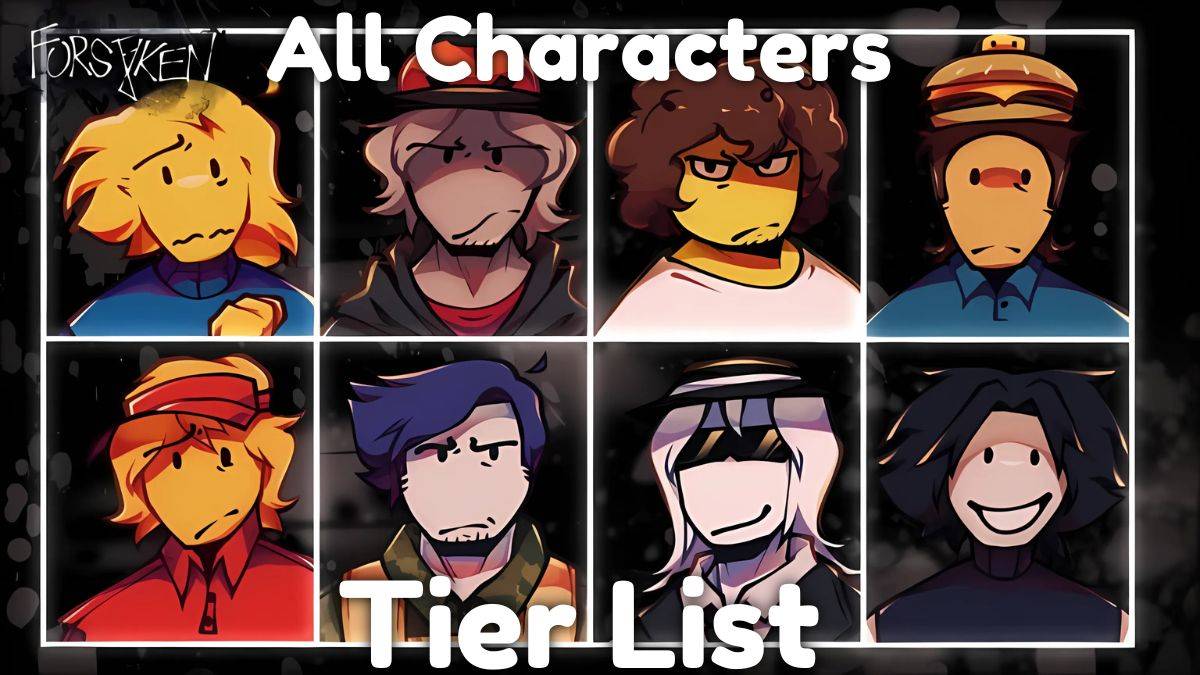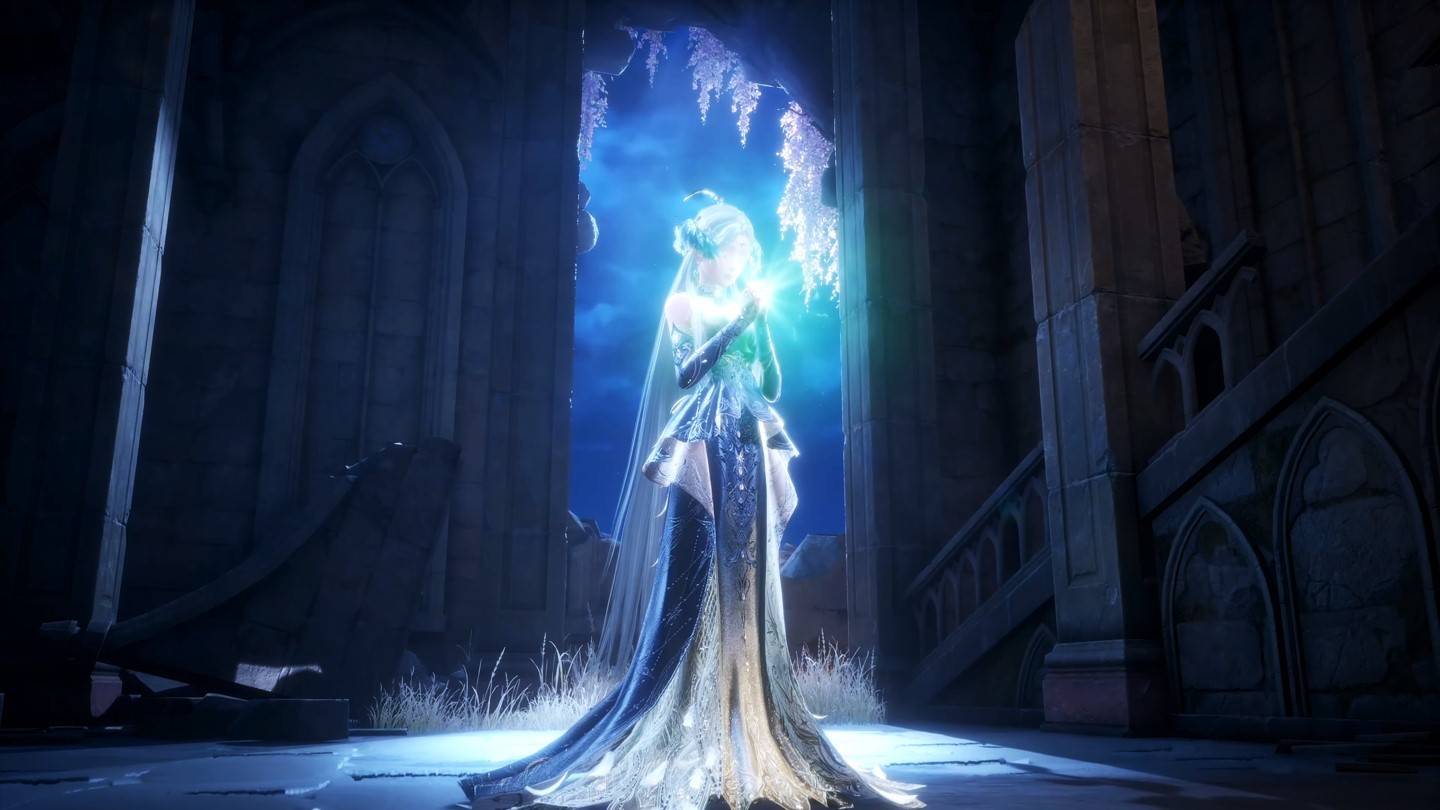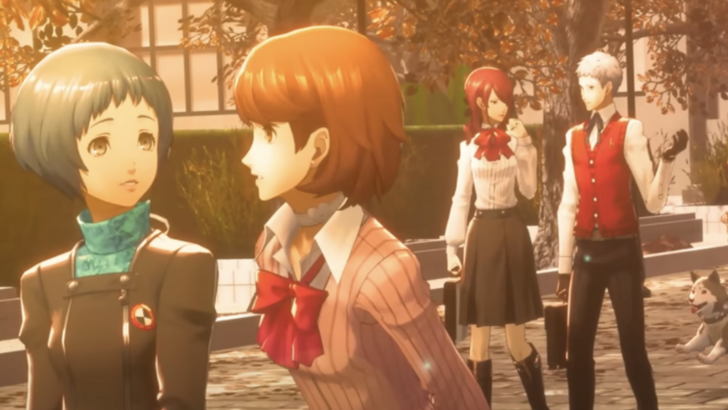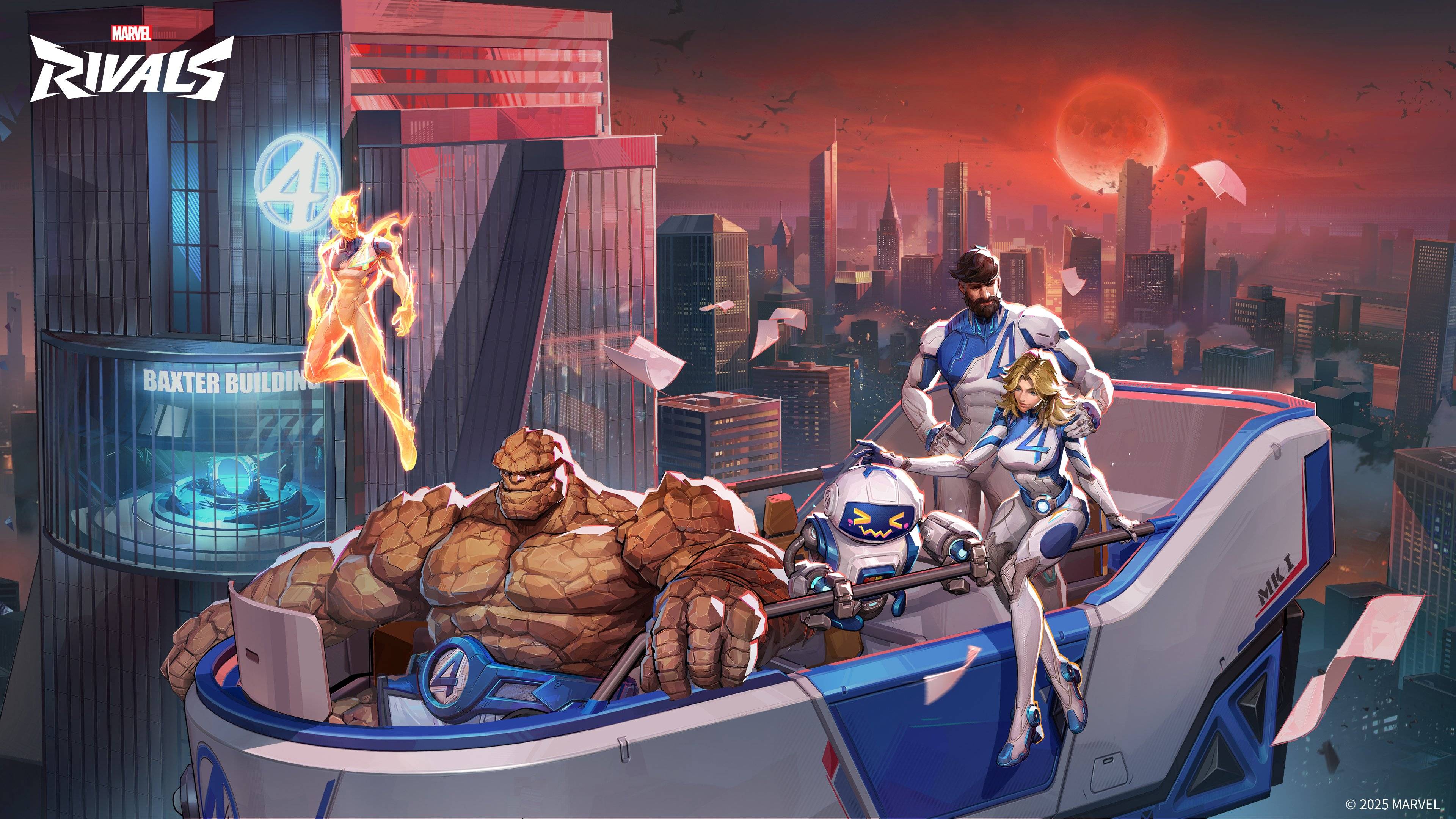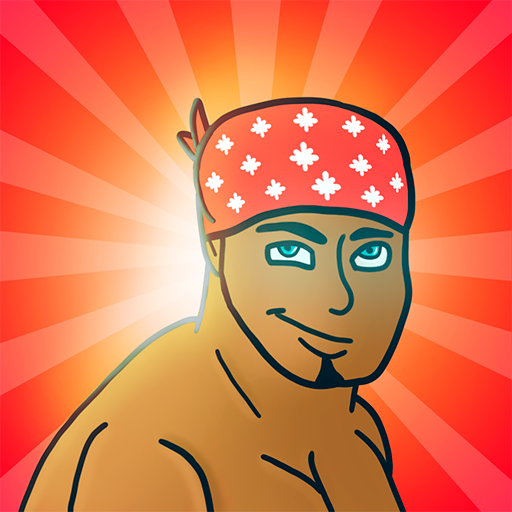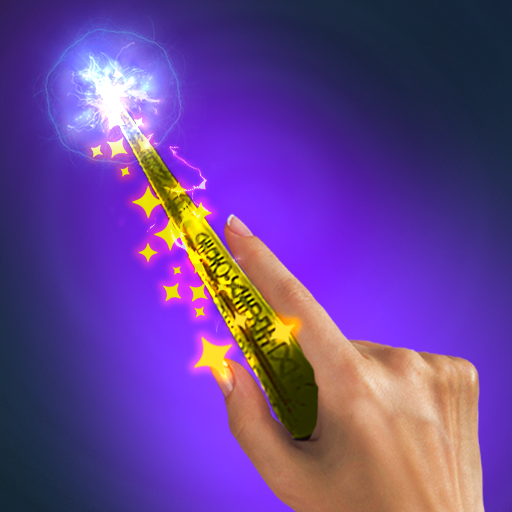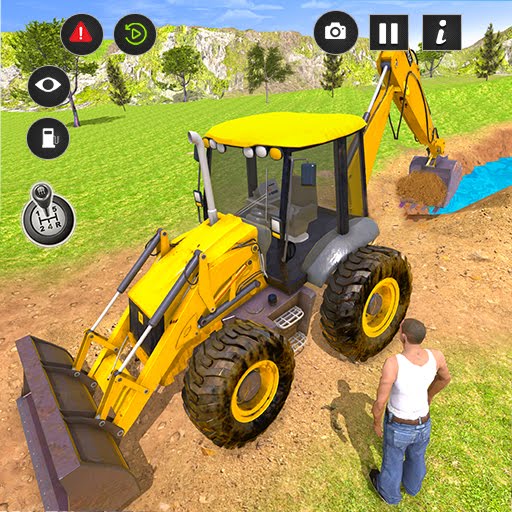Yasuke in Shadows: A Fresh Take on Assassin's Creed
Thanks to a renewed focus on the core concepts that the series was originally built upon, Assassin’s Creed Shadows delivers the most satisfying experience the franchise has seen in years. The game reintroduces fluid parkour, reminiscent of the best since Unity, allowing players to seamlessly transition from the ground to castle rooftops. The addition of a grappling hook further enhances the thrill of reaching strategic vantage points swiftly. Perched on a tightrope high above the enemy, you're just a drop away from executing the perfect kill—as long as you're playing as Naoe, the game's swift shinobi protagonist. However, switch to Yasuke, the second protagonist, and you're in for a completely different gameplay experience.
Yasuke is slow, clumsy, and unable to kill silently. His climbing abilities are so limited that they resemble those of a cautious grandparent. He represents a stark contrast to the typical Assassin’s Creed protagonist, making him one of Ubisoft’s most intriguing yet perplexing design choices. Playing as Yasuke feels like stepping away from the traditional Assassin’s Creed experience.
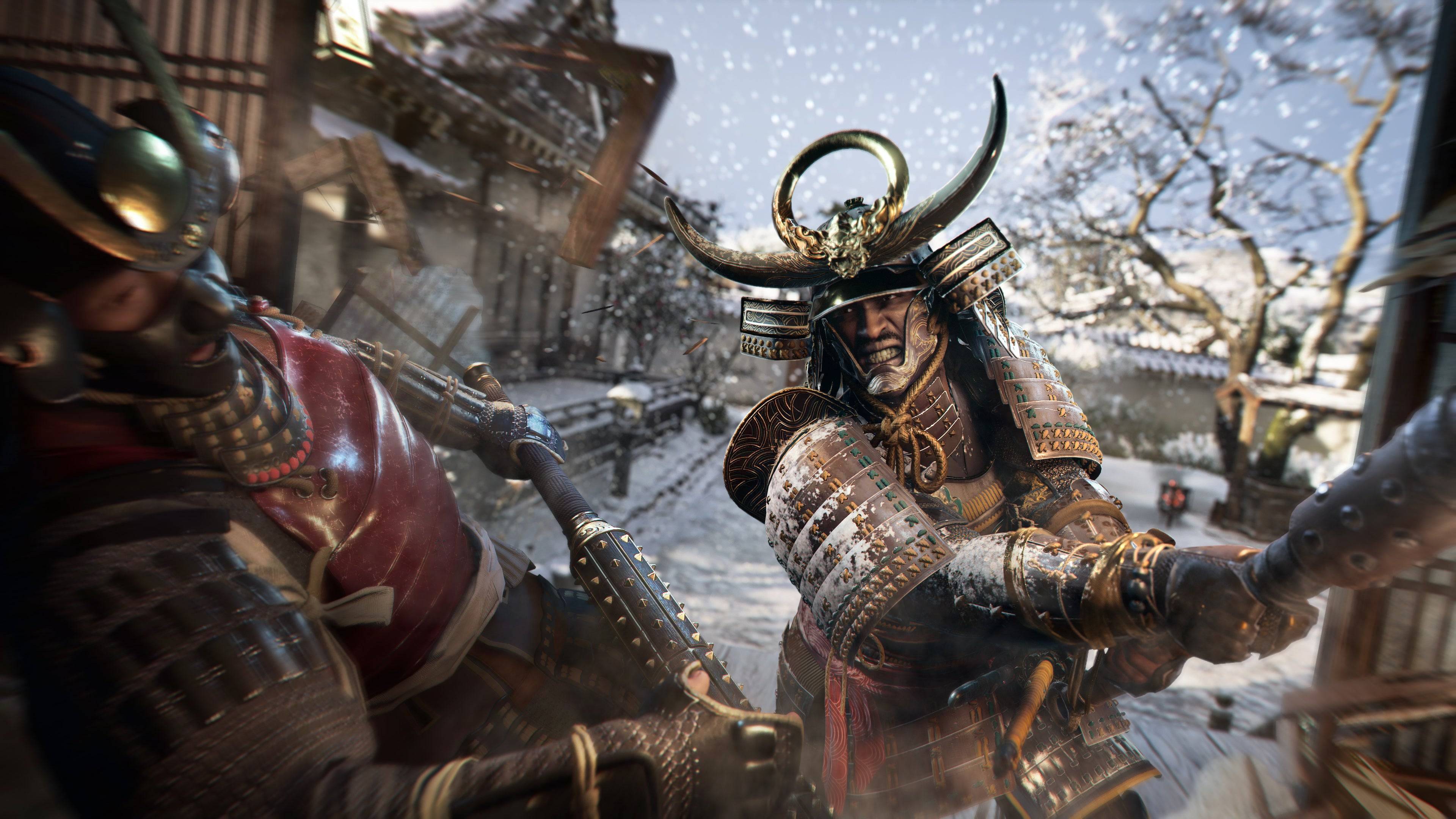
Initially, the significant difference between Yasuke’s capabilities and the series' core philosophy was frustrating. What's the purpose of an Assassin’s Creed protagonist who struggles to climb and can't perform silent takedowns? Yet, the more I played as him, the more I appreciated the unique perspective he brings. Yasuke's design, though flawed, addresses critical issues that the series has grappled with in recent years.
You don't get to play as Yasuke until several hours into the campaign, after spending your initial time mastering Naoe's swift and stealthy moves. Transitioning to Yasuke after becoming accustomed to Naoe's agility is jarring. This towering samurai is too large and noisy to sneak through enemy camps effectively and can barely climb anything higher than his own head. He struggles to find handholds on the jutting roofs that line Japan’s streets, and when he does manage to climb, it's painfully slow. On rooftops, he precariously balances on the apex, standing upright and inching forward, making climbing a laborious task that often requires scaffolding or ladders.
While these limitations don't force Yasuke to stay at ground level, they certainly encourage it. This restriction hampers his ability to gain a strategic overview of the area, making it challenging to map out threats and plan accordingly. Unlike Naoe, who can rely on Eagle Vision to highlight enemies, Yasuke has no such advantage. Choosing to play as him means sacrificing almost everything except raw strength.
Assassin's Creed has always been about stealthy kills and vertical exploration, elements that Yasuke directly opposes. Playing as him feels more akin to Ghost of Tsushima than Assassin’s Creed, especially given his lack of stealth training and reliance on samurai sword skills. Yasuke's gameplay is centered around fierce combat, a feature that Tsushima is celebrated for and Assassin’s Creed often criticized for.
Playing as Yasuke challenges players to rethink their approach to Assassin’s Creed. Historically, the series has allowed players to climb anywhere effortlessly, akin to Spider-Man with a blade. Yasuke changes this dynamic. While many areas are beyond his reach, careful observation reveals hidden pathways designed specifically for him. For example, a leaning tree trunk can lead to a sync point otherwise inaccessible without a grappling hook, or an open window on a castle's second floor can be reached by following the staircase-like arrangement of the courtyard’s exterior wall. These paths are more engaging to discover than the mindless scrambles of past games.
However, these pathways only take Yasuke where he needs to go, limiting his freedom for general exploration and making it difficult to gain the high ground to observe enemy patrol patterns. Yasuke doesn't adhere to the traditional Assassin’s Creed approach of assessing guard movements and planning ahead. His only stealth ability, the "Brutal Assassination" skill, is anything but subtle, involving impaling an enemy on his sword, lifting them off the ground, and yelling. It's more of an opening move for combat than a stealth takedown. Yet, when combat ensues, it's exhilarating. Shadows features the best swordplay the series has seen in over a decade, with purposeful strikes and a variety of techniques, from brutal rush attacks to satisfying ripostes. Finishing moves are graphically intense, creating a clear contrast with Naoe’s stealthy approach.
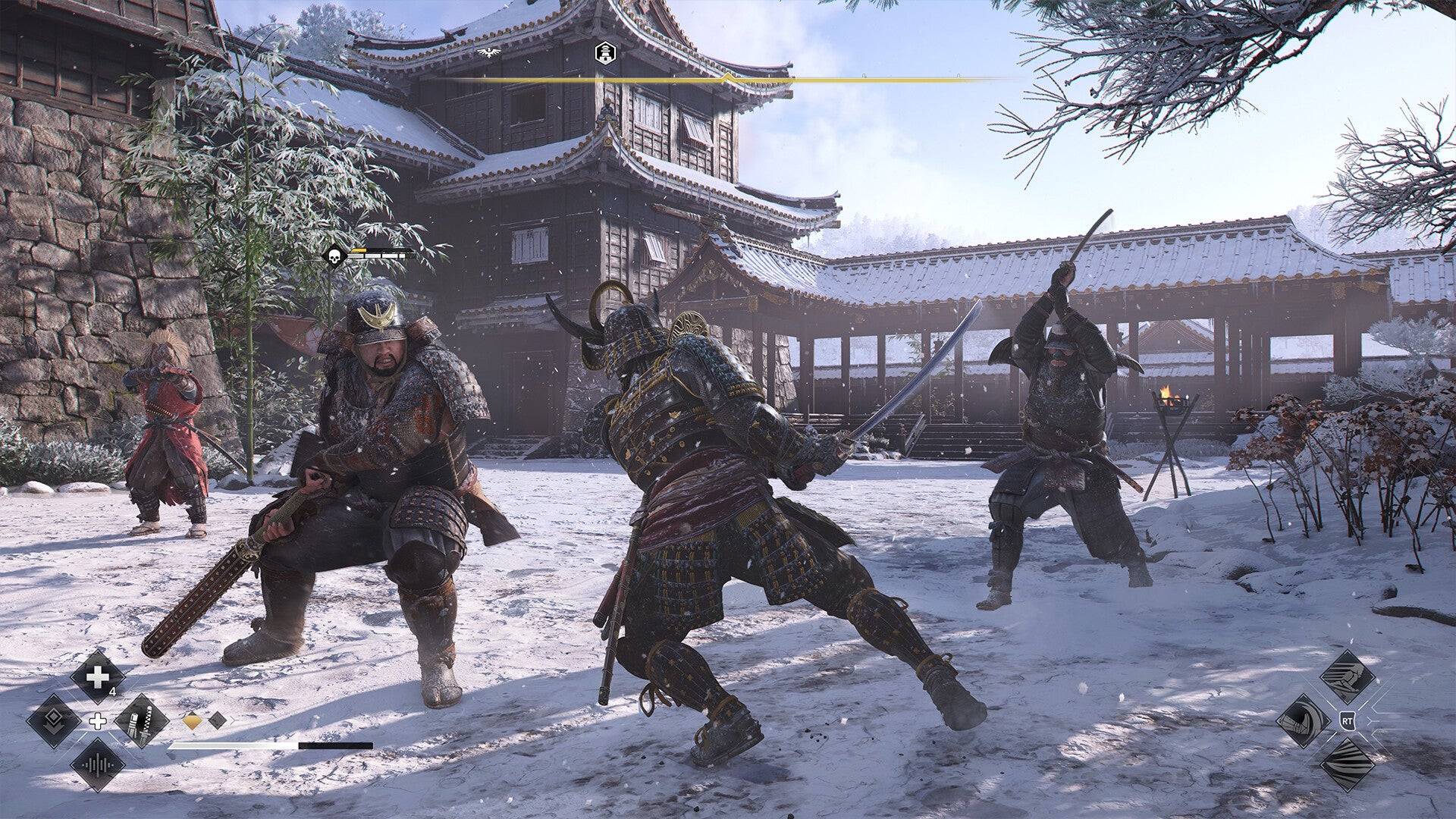
The separation of combat and stealth into two distinct characters ensures less overlap between the two styles. In previous games like Origins, Odyssey, and Valhalla, direct conflict often became the default interaction, overshadowing stealth. In Shadows, the dual protagonist system prevents this; Naoe's fragility means she can't engage in prolonged combat, forcing players to flee, reposition, and reset the stealth loop. When you need a break from that tension, Yasuke's strength allows you to withstand the game's toughest challenges. His skill tree, full of flashy abilities, adds to the allure of his combat prowess.
Yasuke's design is intentional, yet it's challenging to reconcile his role within Assassin’s Creed—a series built on stealthy kills and vertical exploration, concepts he directly opposes. While characters like Bayek and Eivor ventured too far into action territory, they still retained the fundamental abilities of an Assassin’s Creed protagonist, such as climbing and using hidden blades. Yasuke, as a samurai, is thematically appropriate in his lack of stealth and climbing skills, but this means you can't play Assassin’s Creed in its traditional form while controlling him.
The real challenge for Yasuke is his counterpart, Naoe. Mechanically, she is the best Assassin’s Creed protagonist in years. Her stealth toolkit, combined with the towering verticality of Sengoku Period Japan, allows for an experience that truly embodies the essence of Assassin’s Creed: becoming a highly mobile silent killer.
Naoe also benefits from the design changes that shape Yasuke. While she can climb almost anywhere, the series' "stick to every surface" approach has been replaced with something more realistic. Players must still assess climbing routes and find anchor points for the grappling hook, but Naoe can leap further and climb faster, turning the open world into an Assassin’s Creed sandbox. Her combat flow is just as ruthlessly violent and impactful as Yasuke's, though she can't endure battle as long as he can. This raises the question: why play as Yasuke when you can play as Naoe?
Ubisoft's intent to offer two distinct playstyles with Yasuke and Naoe is admirable, yet it creates a double-edged sword. Yasuke's gameplay, while contrasting and compelling, directly opposes the foundational ideas of Assassin’s Creed. While I'll always return to Yasuke for the thrill of his combat, it's through Naoe's eyes that I'll truly explore Shadows' world. Because when I play as Naoe, I feel like I'm playing Assassin’s Creed.










